Production on the riverside alluvial land of the localities is changing significantly with the promotion of shifting crop structure. In the "wave" of conversion, flower plants have become a prominent direction to create a new look for the alluvial land; at the same time, bringing high income to the people here.
The famous traditional flower village of Phu Van (Phu Ly city) located on the alluvial land along the Day River has now changed a lot compared to before. The flowers grown here are now diverse; many new flower growing models have been invested by local people to promote the value of the fertile alluvial land. The flower growing model of Ms. Tran Thi Tu, village 5 has only been implemented in recent years but is quite famous with many new types of flowers that are popular with players. On a field of about 2 hectares, Ms. Tu boldly changed the investment direction to more than 1 hectare of low-lying land converted into a pond to grow foreign lotus varieties for flower exploitation, such as: Super, Juwaba, Diamond, Guanyin... The remaining area, Ms. Tu grows chrysanthemums, but partly converts them to new types to serve players, such as: single daisy, double daisy, butterfly flower... Ms. Tu confided: Born and raised in a flower village, I wish to contribute a small part to the development of my hometown's flower growing profession.
Like Ms. Tu's family, walking along the fields of Phu Van commune, the change is clearly shown on the fields. In the fields, there are no longer pure chrysanthemums, instead there are a variety of types such as: Peonies, roses, gladiolus... Even chrysanthemums, which are considered a traditional product, have dozens of colorful varieties, both used as flowers for ceremonies and for decoration. With roses, people have also developed many types, such as: Roses specializing in flower vases, selling trees as ornamental plants... Typically, the garden specializing in growing old roses (Peach roses, Sapa old roses, white roses...) of Mr. Vu Ngoc Dong has an area of more than 1 hectare with hundreds of trees of different sizes, targeting both buyers with large garden spaces (villas, garden houses), and flower players on balconies and terraces... According to Mr. Vu Ngoc Dong: The flower growing profession in the locality is growing more and more. Flower growers choose a suitable development direction and keep up with the increasingly high tastes of players.

In Phu Van commune, the flower growing area has now expanded to about 80 hectares in all villages. In particular, the main focus is on villages 4 and 5 located in the alluvial area. Flowers are also grown and harvested year-round. This production direction has brought high efficiency in the fields. The average value of the flower growing area of the commune has reached over 300 million VND/ha/year. The traditional flower growing profession in the locality has developed, helping to increase people's income. It is known that Phu Van commune is aiming to develop agriculture in the direction of ecological and experiential tourism.
Flower growing in our province is no longer limited to a few places but has expanded to many places with the advantage of riverside areas with suitable soil. Flowers have affirmed their superiority and effectiveness, gradually replacing low-value plants in the past. Typically, in Duyen Ha village, Phu Phuc commune (Ly Nhan), the flower growing area has been expanded to 20 hectares out of a total of 90 hectares of alluvial land along the Red River. People here mainly choose to grow lilies (accounting for about 80% of the area), the rest grow other types, such as: Chrysanthemums, trumpet lilies, lilies... Only the main lily plant alone has a value of nearly 8 million VND/sao/year, minus costs, the profit is 5.5 - 6 million VND/sao/year, 2 - 3 times higher than growing hybrid corn for grain before. Many households in the village have developed flower growing as a main source of income.
Mr. Le Quy Dien switched to flower growing more than 20 years ago with an area of 1 hectare. Mr. Dien planted all the lilies on the production area from the beginning of the year. After a part of the lily growing area was harvested (around August), he switched to growing 4 sao of lilies. The remaining area, the lilies continued to yield until around December and left lily seeds for the following year's planting season. The lilies and lilies in Mr. Dien's garden were directly sold to agents at the wholesale market, without going through intermediaries, helping to ensure a stable income at a high level. According to Mr. Dien: Flowers bring in the main income for the family, not inferior to any other production profession. Therefore, I continue to maintain the flower growing profession, because the market always needs it, and the price rarely decreases...
Like Duyen Ha, Binh Nghia commune (Binh Luc) has also become a place specializing in flower production. Flowers here are grown on an area of about 10 hectares, specializing in chrysanthemums. Unlike other flower areas in the province, in Binh Nghia there are households specializing in producing chrysanthemum seedlings to supply to households in the area and sell to all provinces and cities, with an annual output of up to hundreds of thousands of plants, helping to increase the value of flower growing.
The total flower growing area of the province is currently estimated at over 200 hectares, concentrated in the alluvial areas along the river. The area for growing flowers at the end of the year is nearly 120 hectares. Ha Nam flower products are not only consumed in the province but also exported to markets in other provinces, including places with developed flower growing areas such as: Nam Dinh , Hanoi...
Ms. Tran Thi Nga, Deputy Head of the Department of Cultivation, Plant Protection and Forestry (Department of Agriculture and Rural Development) assessed: In recent years, flower plants have grown quite strongly and have been included in the province's crop structure. Flower growers have actively applied science and technology, diversifying products to serve both the growing spiritual and aesthetic needs of players... In the words of flower growers in the province, "The alluvial land is blooming". In fact, flower plants have created changes and new vitality for production on the alluvial land along the river.
Manh Hung
Source


![[Photo] Prime Minister Pham Minh Chinh attends the World Congress of the International Federation of Freight Forwarders and Transport Associations - FIATA](https://vphoto.vietnam.vn/thumb/1200x675/vietnam/resource/IMAGE/2025/10/08/1759936077106_dsc-0434-jpg.webp)
![[Photo] Prime Minister Pham Minh Chinh inspects and directs the work of overcoming the consequences of floods after the storm in Thai Nguyen](https://vphoto.vietnam.vn/thumb/1200x675/vietnam/resource/IMAGE/2025/10/08/1759930075451_dsc-9441-jpg.webp)




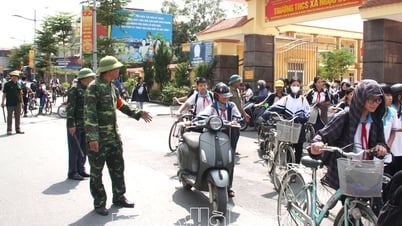

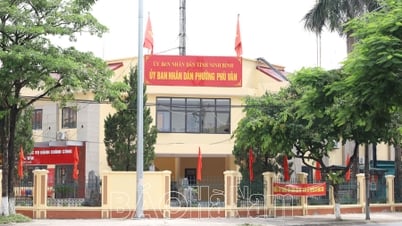

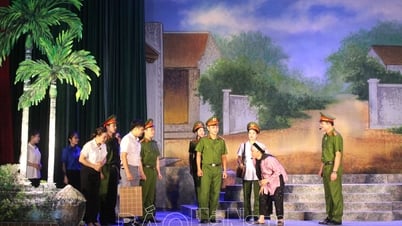

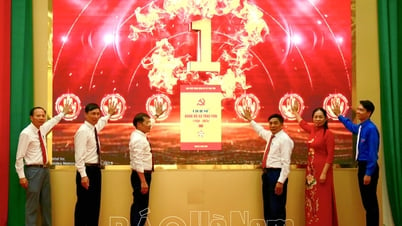




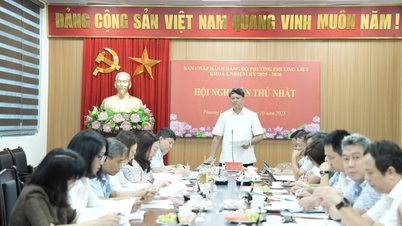




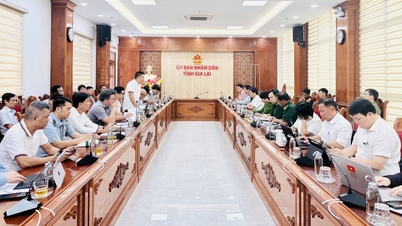
![[Photo] Closing of the 13th Conference of the 13th Party Central Committee](https://vphoto.vietnam.vn/thumb/1200x675/vietnam/resource/IMAGE/2025/10/08/1759893763535_ndo_br_a3-bnd-2504-jpg.webp)





































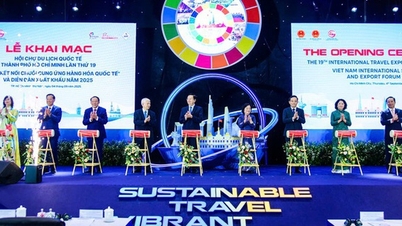










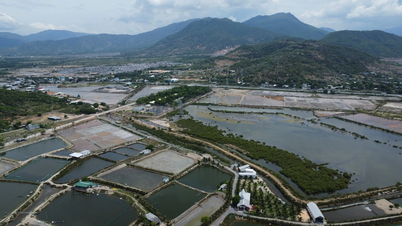


















Comment (0)